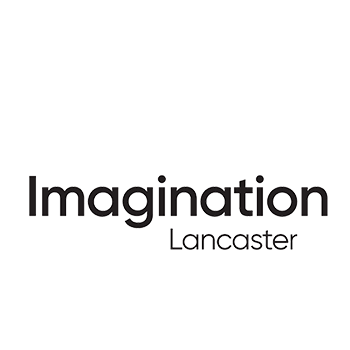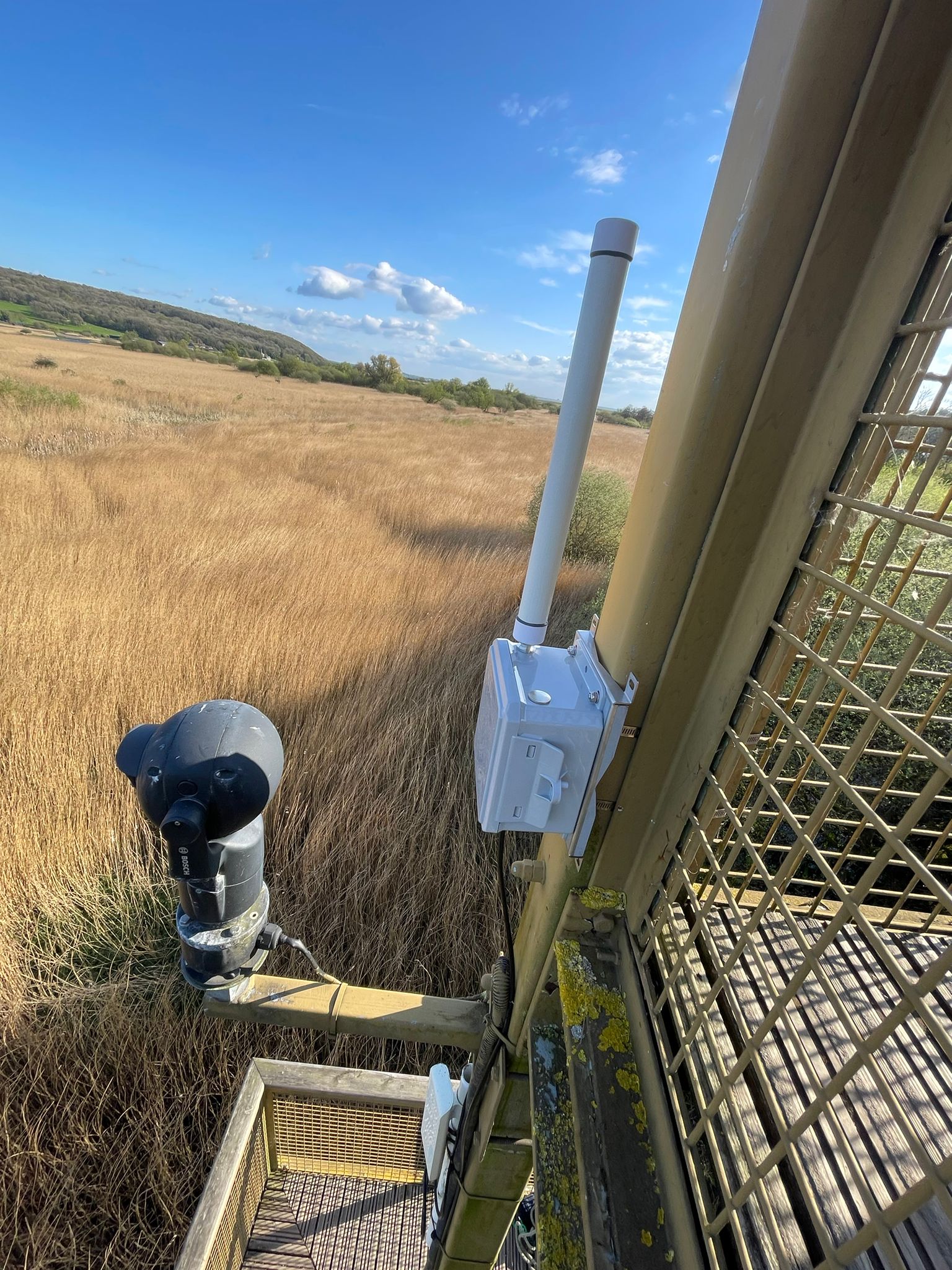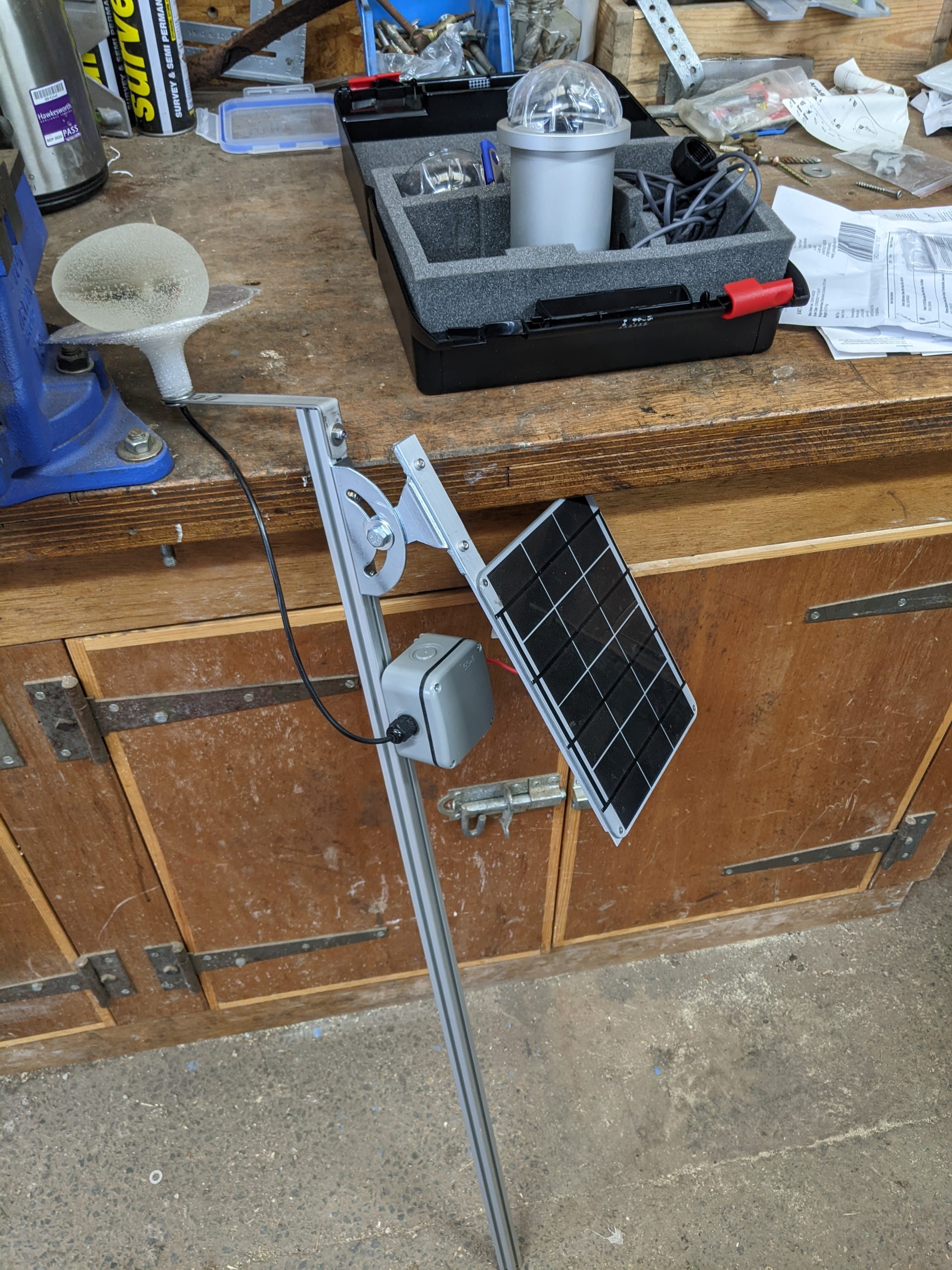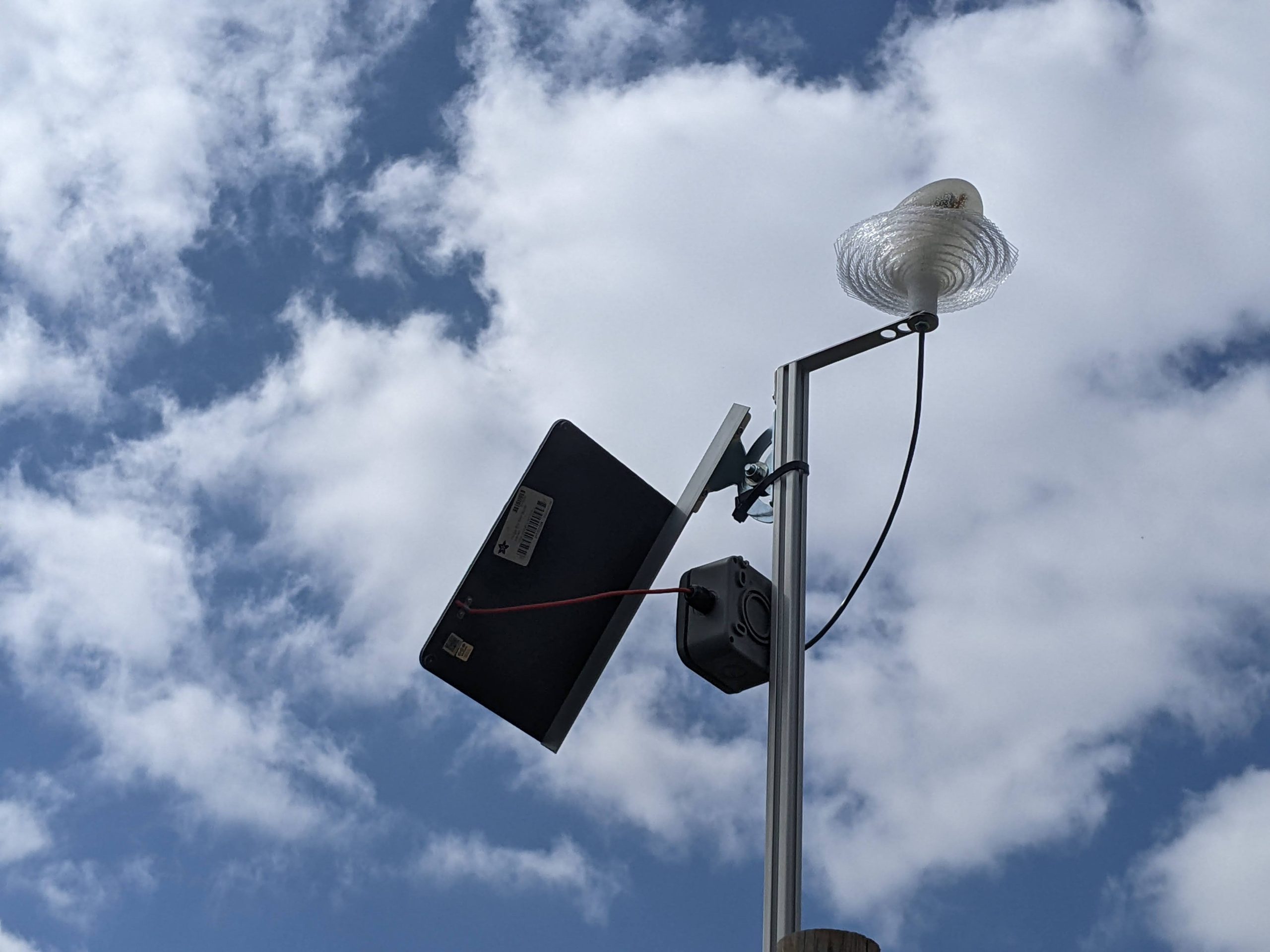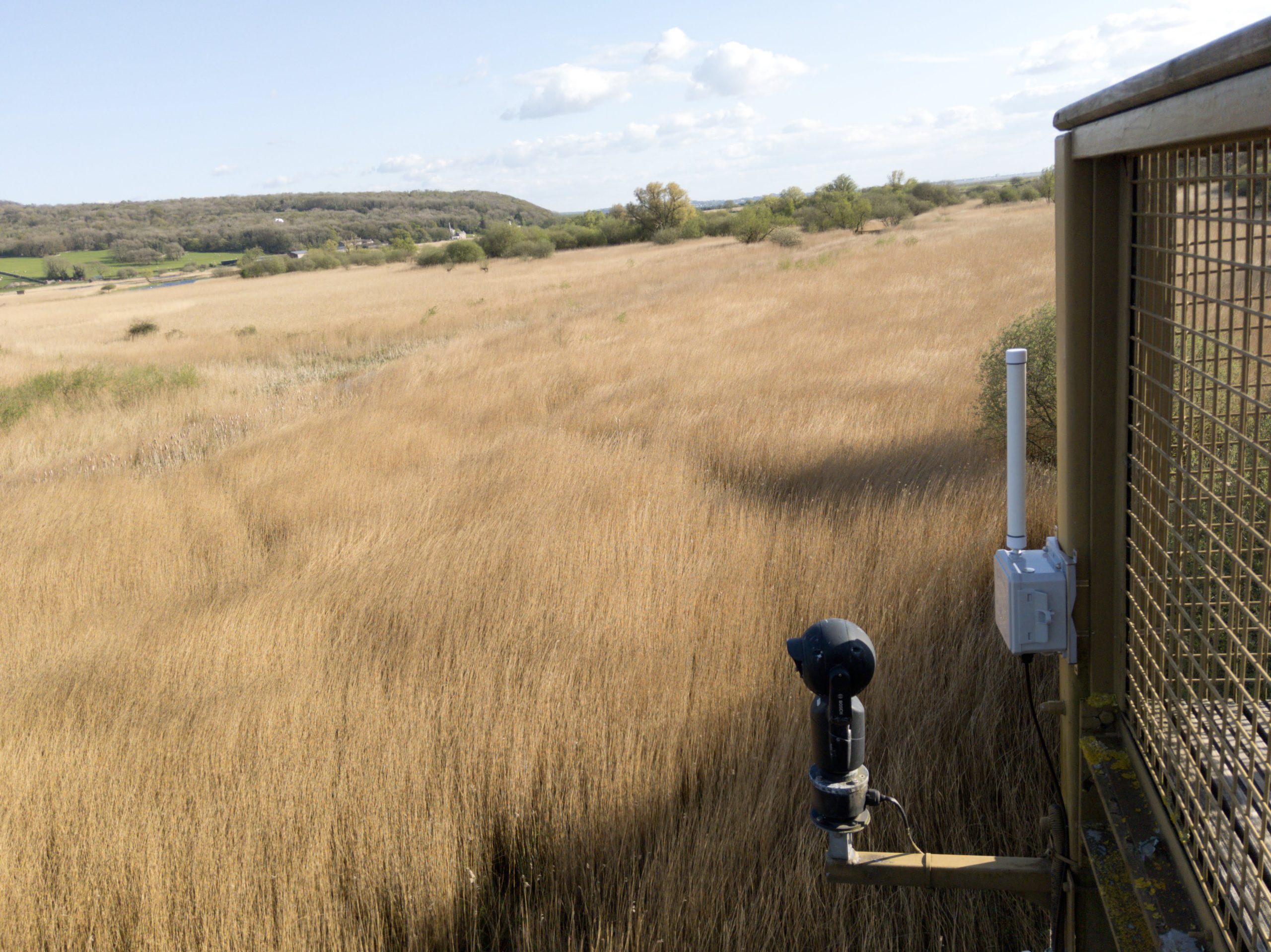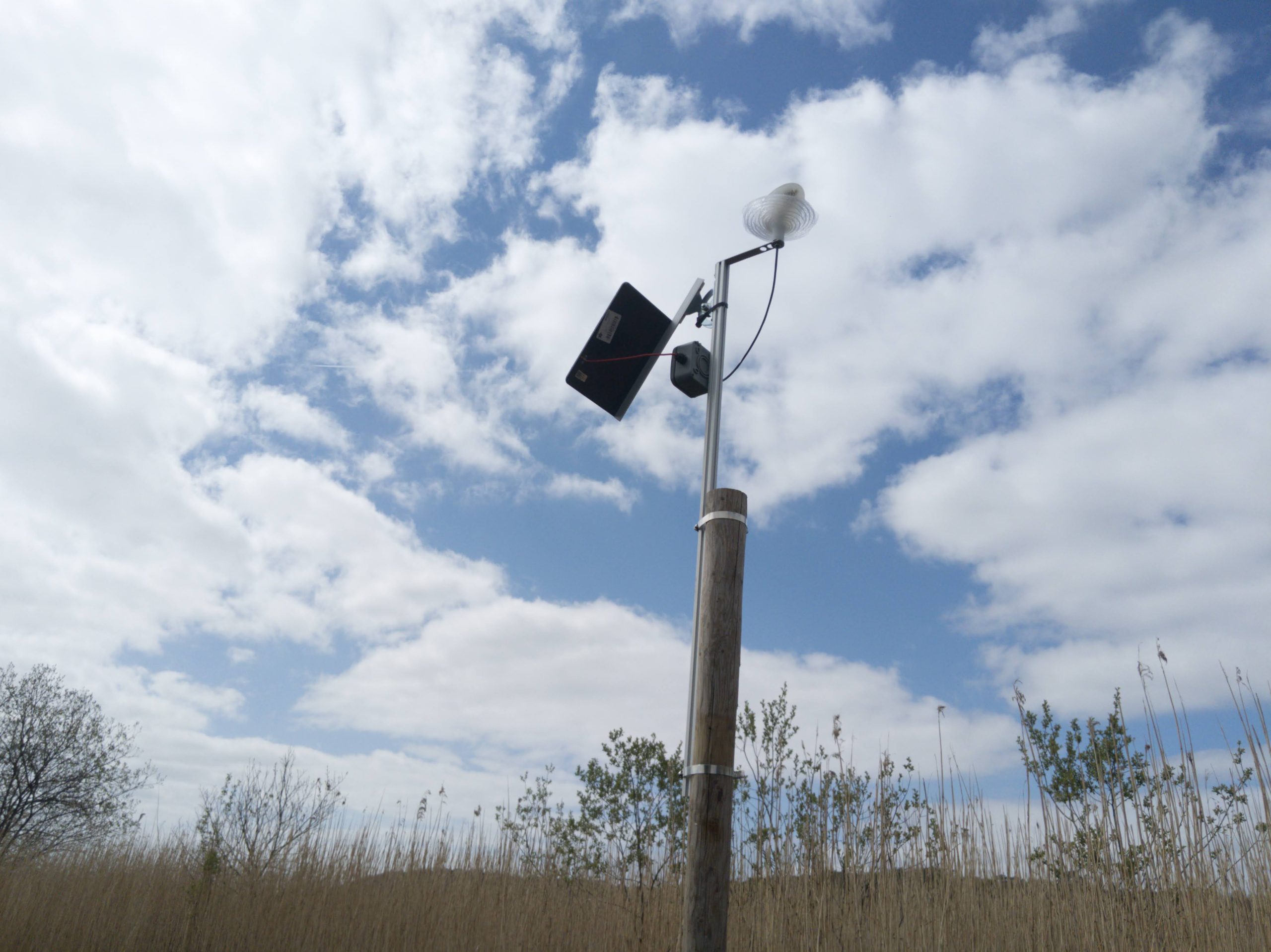Sensing the Luminous Night
The Arnside and Silverdale designated area of outstanding natural beauty (AONB) in Cumbria is currently grappling with efforts to document artificial light at night (ALAN), raise public awareness, and potentially change lighting behaviours in the area. ALAN is typically monitored through late night sky-quality meter readings and photographic surveys, requiring time, specialist skills, and equipment. Making such information accessible and engaging is also a challenging and specialist activity.
To address these challenges, this project will develop new methods and methodologies that approach data collection, dissemination, and interpretation as a hybrid fieldwork practice and cultural activity. Working at the nexus of art, design, technology, and the geohumanities—particularly cultural geography, environmental humanities, and geopoetics—it will it will develop innovative methods, practices, and artifacts for sensing the night and communicating observations. In particular, these will make legible the temporal rhythms and syncopations of both natural and artificial light across diurnal, circalunar, and annual time scales. The project is framed by a broader aim to create temporal descriptions of the environment that can powerfully engage individuals and societies with the effects of anthropogenic activity.
This project is funded by the Joy Welch Post-doctoral Fund 2021.
(from the application) Artificial light at night (ALAN) is increasingly prevalent in rural areas. It affects the visual quality of the night and our capacity to experience it as a time and place in its own right (Melbin, 1978). It has deleterious effects on the health, well-being, and ecologies of humans and non-humans (Chepsuik, 2009; Fonken & Nelson, 2014; Rich & Longcore, 2013). Although its significance is well documented, ALAN is often considered less troubling than other pollutants. The night is often overlooked (Kyba et al., 2019), and formal control of lighting is uncommon. Addressing ALAN thus relies on engagement, awareness, and education.
